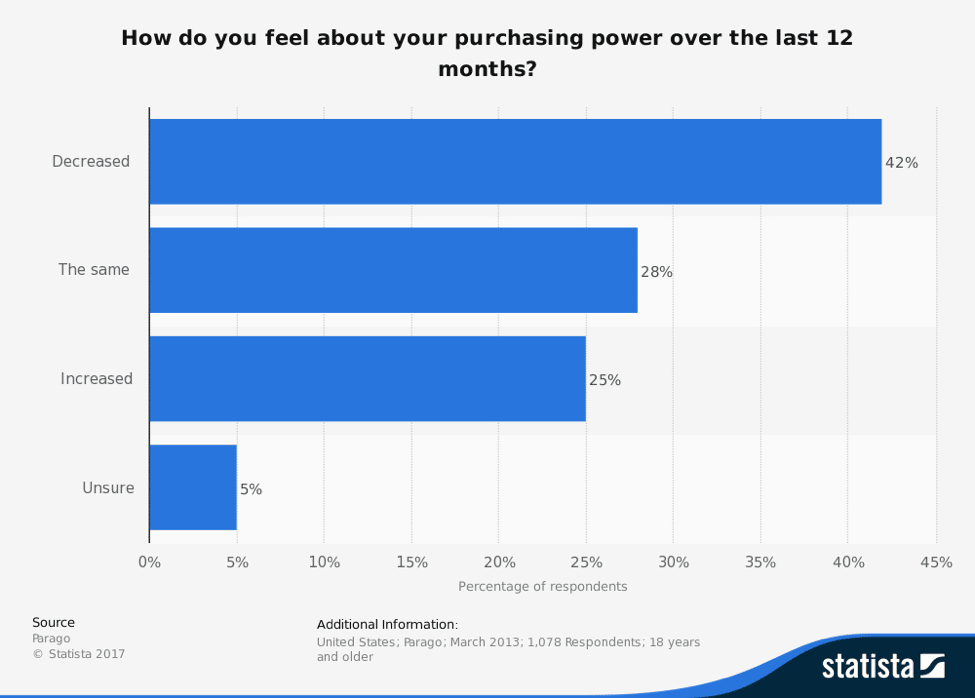
The Coming Car Crisis: How Detroit Hopes Auto Subscription Services Will Help Minimize The Damage
Source: Bigstock and Subscription Insider
In a world of Uber and Lyft and the many other ridesharing and carpooling apps -- here is a list of eleven, for gosh sake -- it was inevitable that the big automotive companies would want to get in on the trend. The dam has burst at last, with four new services launching in the past nine months. And all four are subscription based. Hyundai launched its Ioniq Unlimited program last November. An electric-car-only option, it is limited to California. The ...
HELLO!
This premium article is exclusively reserved for Subscription Insider PRO members.
Want access to premium member-only content like this article? Plus, conference discounts and other benefits? We deliver the information you need, for improved decision-making, skills, and subscription business profitability. Check out these membership options!
Learn more about Subscription Insider PRO memberships!
Already a Subscription Insider PRO Member?
Please Log-In Here!








